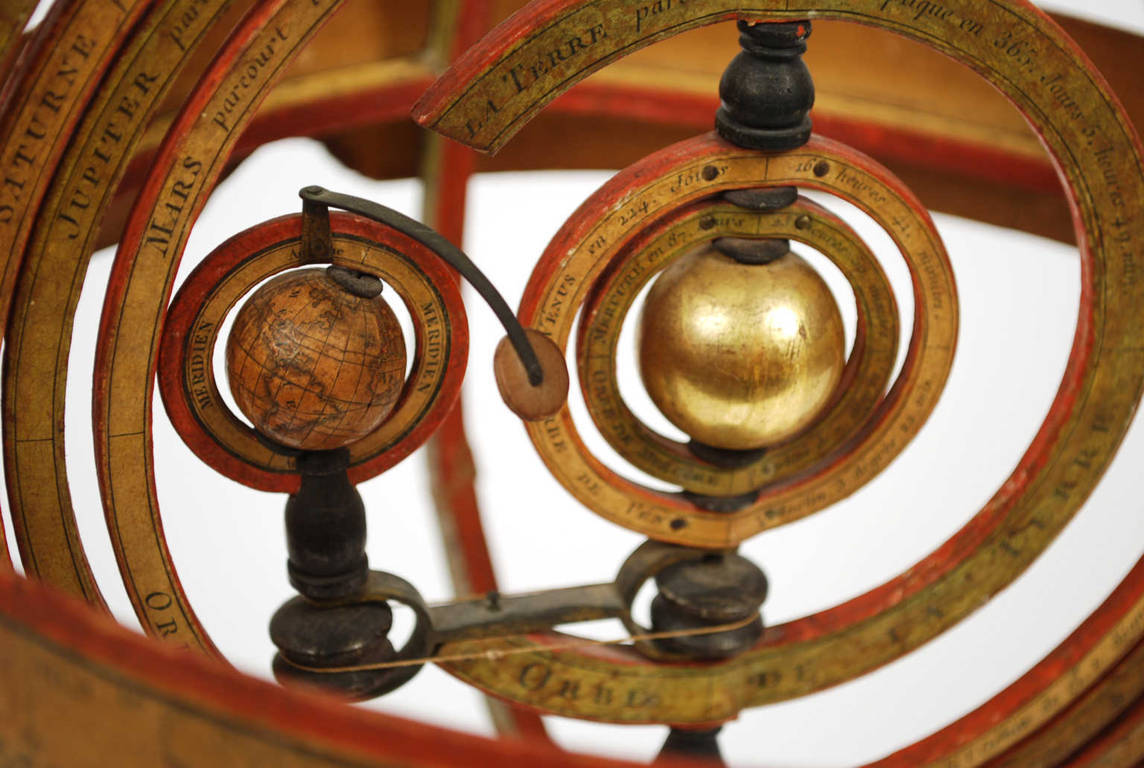antik.it/Antique-compasses/7988-Magnetic-Compass/
Code 7988
EUR 1500.00
In stock
1726914668Code 7988 Magnetic CompassHand held magnetic bearing compass, signed Henry Browne & Son Ltd Sestrel no. 4094 Made in England Barking & London from the early 20th century. Complete with original oak wood box with brass handles and hinges.
Box measures 14.5x15.5x27 cm – 5.8x6.2x10.6 inches
It is a small compass, made of brass and glass and a wooden handle, typically used in recreational sailing. It is equipped with an optical prism aiming system to magnify the degrees placed on the graduated eight-wind rose so as to make it possible to measure the angle between the aiming line and the north indicated by the magnetic needle. The compass is made up of a cylindrical brass container, called a mortar, on the bottom of which is fixed a hard metal stem, called a sensitive element, on which the wind rose is placed, suitably fastened, so that the zero coincides with the magnetic polarity. To reduce friction to a minimum, the mortar was filled with a low freezing point liquid, also having the aim of quickly dampening any oscillations of the complex and closed at the top by a sturdy protective glass and complete with a wooden handle. Inside the handle there is a compartment for housing the batteries, closed at the end by a brass screw cap, while a sliding switch is fixed on the handle to turn the light bulb that backlights the compass on and off.
Sestrel is a registered trademark of Henry Browne & Son, which was an important English company producing high quality compasses, inclinometers, sextants, etc. founded in the second half of the 19th century. The 'Sestrel' brand is a name that results from the initials of the qualities that the brand itself embodies: SEnsitive –STeady – RELiable (sensitive-safe-reliable). Sestrel is in fact a name synonymous with quality and precision, as demonstrated by the number of vintage and antique instruments with that brand still in use today.
The first historical notes on the use of magnetic directive force in Europe date back to the end of the century. XII or at the beginning of the XIII and attribute the exploitation of the properties of the magnet to the Amalfitans. The gimbal suspension made its first appearance around the middle of the century. XVI. An exact description can be found in the short compendium “De la esfera y de la arte de navegar”, by Martin Cortés (1551), which gives precise guidelines for the construction of the compass. The great discoveries of new lands from the middle of the century can largely be attributed to the improvements of the instrument. XV onwards.
FAQ
Do you provide an authenticity certificate/expertise?
Of course! The legislative decree n. 42/2004 stipulates that who sells works of art or historical and archaeological items has the obligation to deliver to the purchaser the documents attesting to the authenticity of the object, or at least to submit the documents relating to the probable attribution and origin. Antik Arte & Scienza provides an expertise (as warranty) that contains a description, period and assignment or the author, if known, of the item.
How can I pay?
Secure payments by PayPal, credit card or bank transfer.
What are the shipping terms and the delivery schedule?
Shipping by DHL or UPS is free (but if we are shipping to a country non-EU remember that any taxes and customs duties are on your expense), and items will be sent just after receiving of payment.
Italy: delivering on the average in 24 h.
Europe: delivering on the average in 2/3 weekdays.
Other countries: delivering on the average in 5 weekdays; custom duties charged to the buyer.
Is shipping insured?
Of course! Free insurance by Lloyd's London that covers almost all destinations.
If I change my mind, can I return the item?
Of course! (see our general terms for more information).
e-Shop
Antique compasses
Code 7988 Magnetic Compass
Antik Arte & Scienza sas di Daniela Giorgi - via S. Giovanni sul Muro 10 20121 Milan (MI) Italy - +39 0286461448 - info@antik.it - www.antik.it - Monday-Saturday: 10am-7pm






























